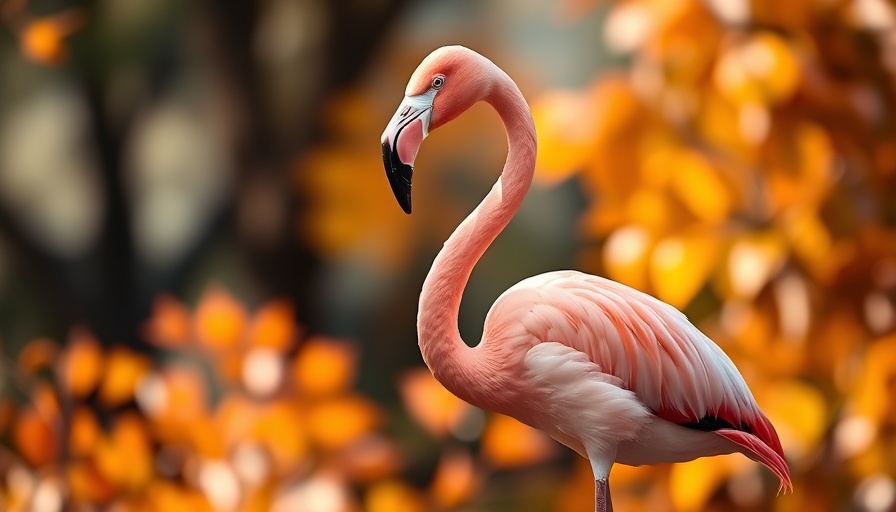
The Science Behind Flamingos’ Eye-Catching Pink
Ever wonder why flamingos are a brilliant shade of pink? This question seems simple, yet the answer delves into fascinating biological and dietary intricacies. Born with gray feathers, flamingos owe their striking pink color to the carotenoids found in their primary diet of brine shrimp and algae. As these vibrant pigments are metabolized by the flamingos, the result is a transformation that paints their feathers a stunning pink, illustrating the deeper connections between diet and biology.
How Diet Shapes Color in Nature
Flamingos are by no means unique in the animal kingdom when it comes to dietary influences on color. Other species, such as the northern cardinal and goldfinch, also derive their vibrant hues from similar pigment sources. Birds like these metabolize carotenoids from their berry-filled diets, leading to visually captivating plumage. The phenomenon is not limited to birds; even creatures like salmon, which feed on crustaceans rich in carotenoids, exhibit color changes as a result of their food sources. This reinforces the idea that in nature, you truly are what you eat—a concept that holds significant implications for animal health and ecosystem dynamics.
Carotenoids: The Color Heroes
Carotenoids are organic pigments produced by plants that are responsible for the red, yellow, and orange hues in various fruits and vegetables. These compounds not only add visual allure but also play crucial roles in human and animal health. In flamingos, the carotenoids obtained from their diet are metabolized into vibrant pigments that get deposited in their feathers, beaks, and legs, enriching their appearance. If flamingos do not consume sufficient carotenoids, their color gradually fades, highlighting the essential relationship between their diet and physical appearance.
Implications for Conservation and Captivity
The knowledge of how diet affects color can have meaningful implications for conservation efforts and zoos. For instance, flamingos in captivity are often provided with supplemental carotenoid-rich food to maintain their vibrant appearance. This practice not only enhances their beauty but also promotes the overall health of the birds. It becomes an essential aspect of their care, reflecting a detailed understanding of their biological needs and the role that diet plays in their wellness.
The Broader Connection to Animal Behavior and Ecology
Understanding the relationship between diet and coloration extends beyond mere aesthetics. In the wild, the brightness of a flamingo can signal its health and genetic fitness to potential mates, thereby influencing reproductive success. Coloration can thus play a vital role in natural selection. Moreover, studying these connections on a broader ecological scale helps us understand how changes in the environment and food sources can impact animal behaviors and populations—an increasingly vital area of study as ecosystems face pressures from climate change and habitat loss.
Conclusion: Bridging Knowledge with Action
As you deepen your understanding of the vibrant colors of flamingos and other creatures, reflect on how dietary influences relate to broader ecological issues. By being mindful of our impacts on the environment and the food webs within it, we can contribute to the preservation of these animals and their habitats. Consider exploring more about conservation efforts and the delicate balance between diet, health, and environment, fostering a deeper respect for the spectacular intricacies of nature.
 Add Row
Add Row  Add
Add 




 Add Row
Add Row  Add
Add 

Write A Comment